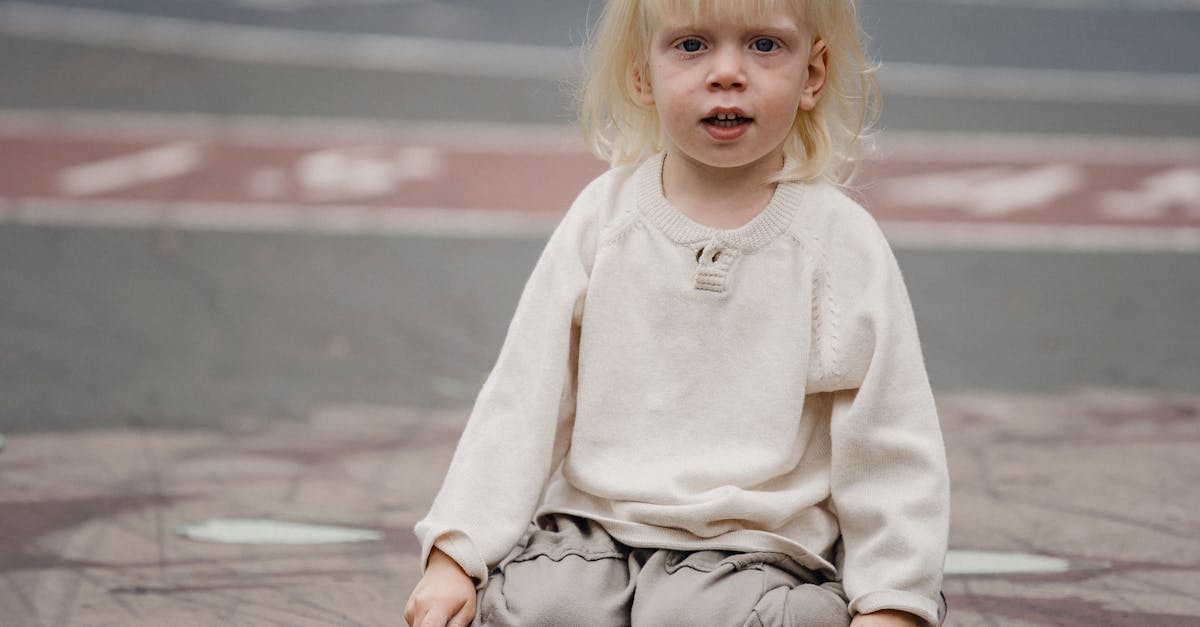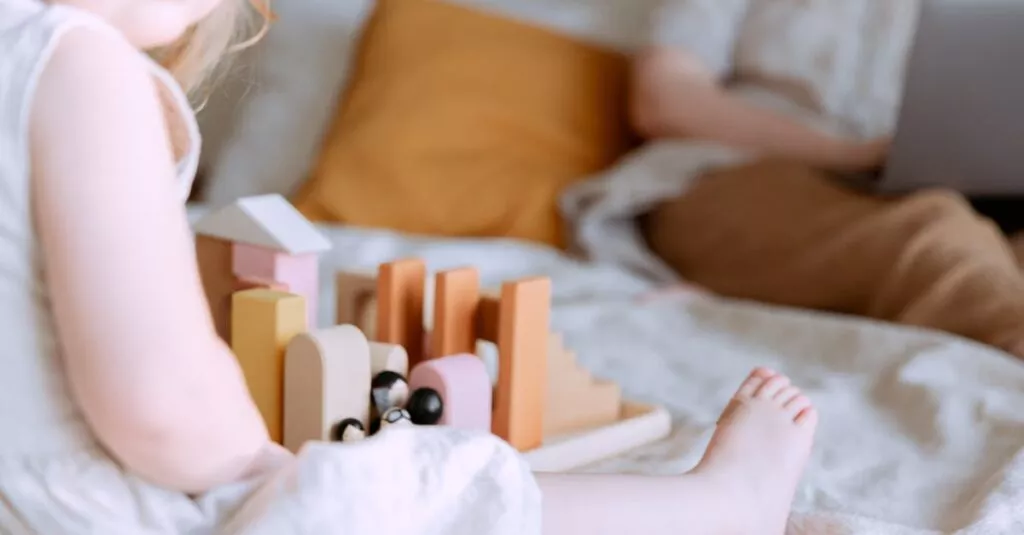I. Setting the Stage: What’s Personal Space?
Understanding personal space starts at an early age. As parents, we often hover over the fine line of teaching our preschoolers about personal space without making them scared of every human touch.
Let’s face it, explaining the bubble concept without wrapping them in bubble wrap is the goal here. Remember when Joey from ‘Friends’ demonstrated a perfect ‘Hugsy’ moment? That’s the cuteness scale we’re aiming for, combined with the wisdom of a wise old owl.

II. Fun Ways to Teach Boundaries
Innovative games can turn this educational process into a fun adventure. Think of the ‘bubble space’ game, where each child moves around with an imaginary bubble. Or the ‘color line’ game, where different color tapes on the floor mark boundaries. These games are not just fun; they’re teaching vital life skills without the yawn factor. Remember, it’s about making them feel like little astronauts exploring the space around them, not about confining their curious minds.

IV. Common Emotional Challenges
Emotional rollercoasters are part of parenting. When teaching boundaries, your preschooler might experience confusion, frustration, or even rejection. Sharing stories of personal bloopers, like walking into the wrong restroom, can help them see that understanding and navigating personal space is a lifelong journey, filled with learning moments for everyone.

Preschoolers in Action: Learning by Doing
Learning through action speaks louder than words. Creating scenarios where they can practice, like arranging their toys to understand spacing, helps cement the concept. Celebrate these moments with high-fives or a mini dance party to encourage positive reinforcement. Imagine a scenario where your little one sets up a tea party with stuffed animals, carefully placing them to respect their ‘personal bubbles.’

Encouraging hands-on learning experiences for preschoolers can enhance their understanding and make learning fun and engaging. By incorporating interactive activities into their daily routine, you can foster a love for exploration and creativity in your child.
VI. Summary: Tips for Continued Success
In summary, teaching preschoolers about personal space is a journey sprinkled with laughter, learning, and lots of love. Remember, it’s about being their guide in the delightful dance of social interactions. Keep conversations light, fun, and relatable. And never miss a chance for a giggly group hug—it’s all about balance after all.

Related Posts:
- Bedtime Routine & Boundaries for Preschoolers
- Boundary Setting for Sharing & Respect
- Promoting Problem-Solving Skills and Conflict Resolution with Love
- Defiance & Boundary Setting with Pre-Schoolers
- Teaching Gratitude & Kindness: Boundaries in Christian Parenting
